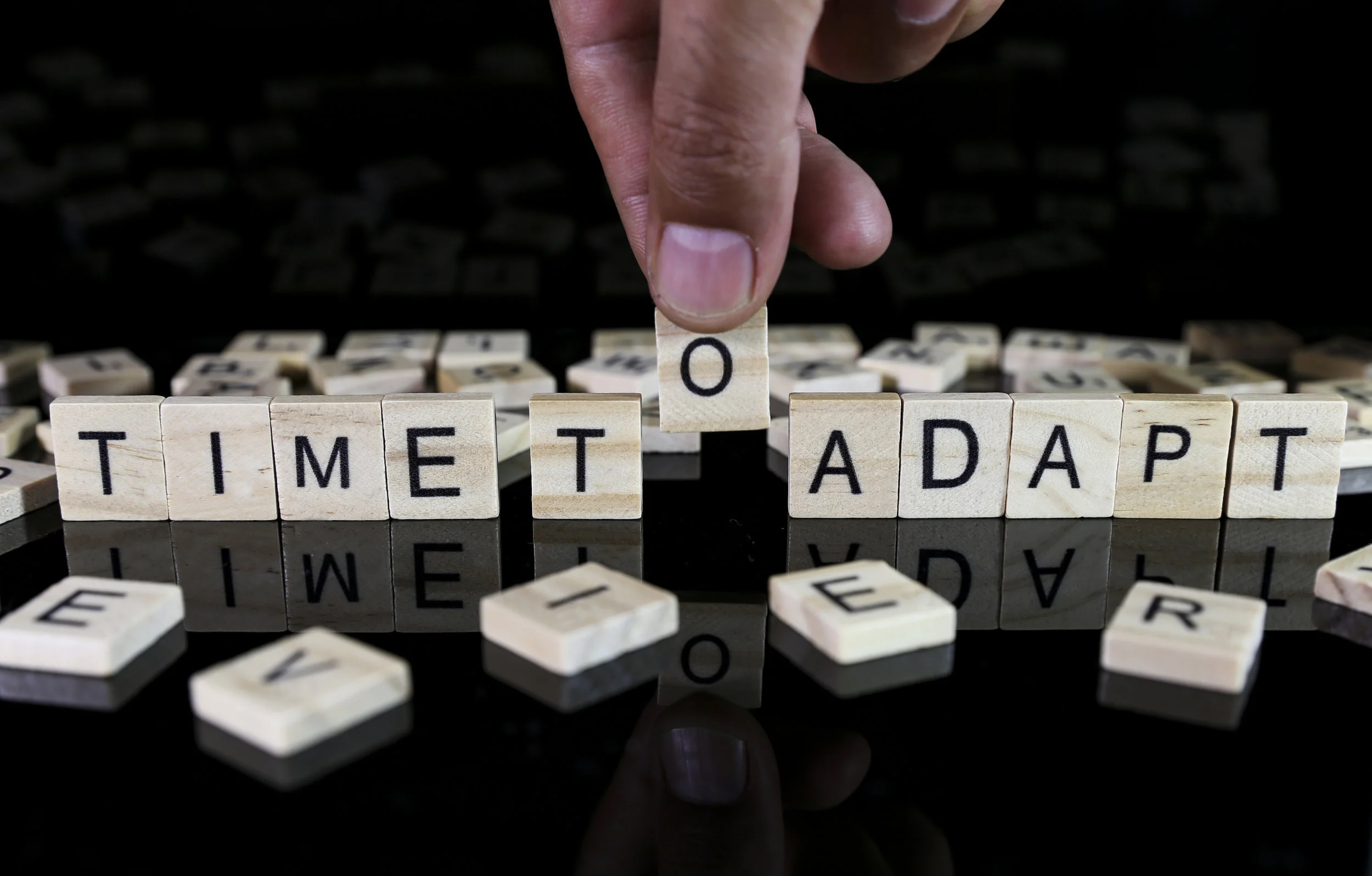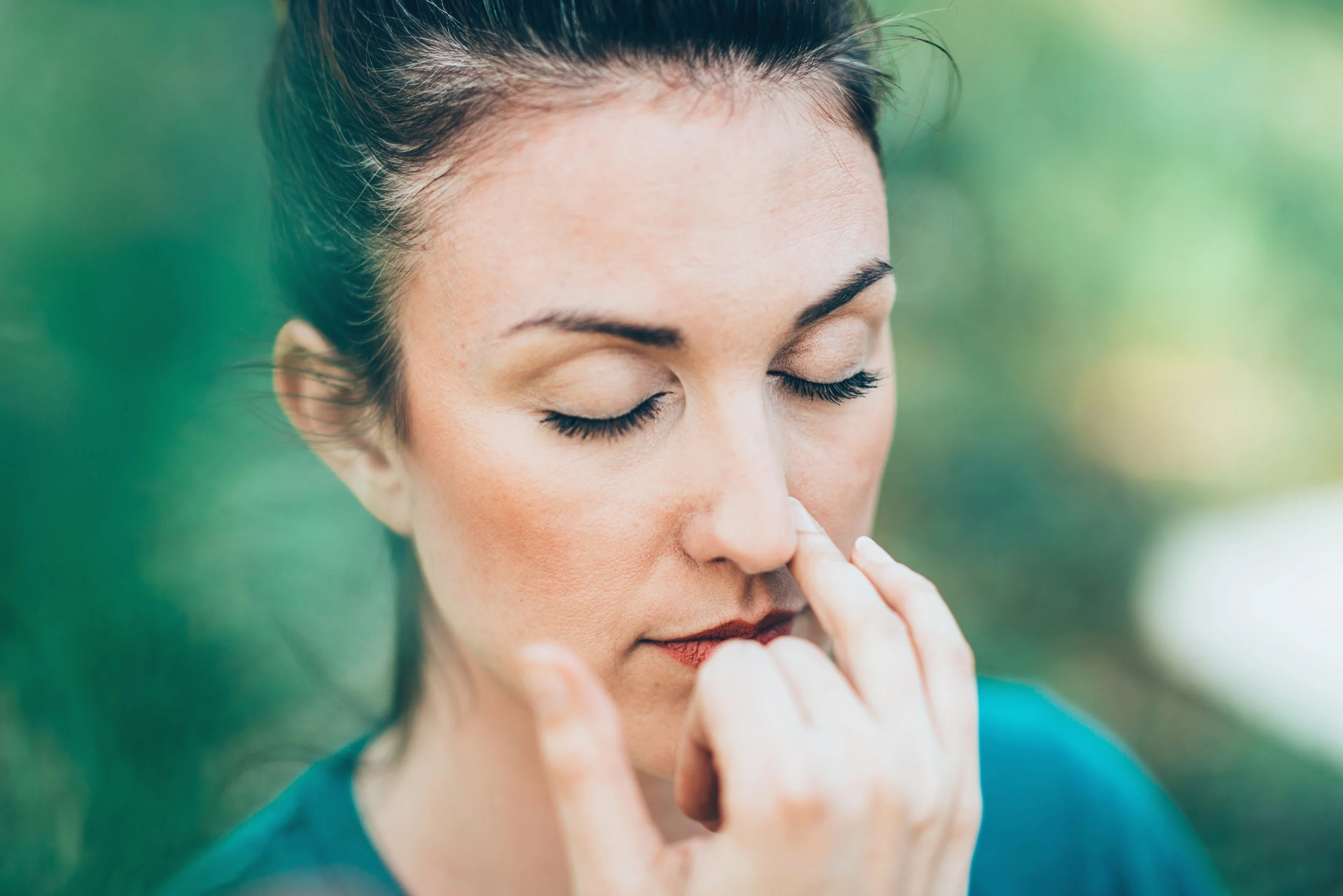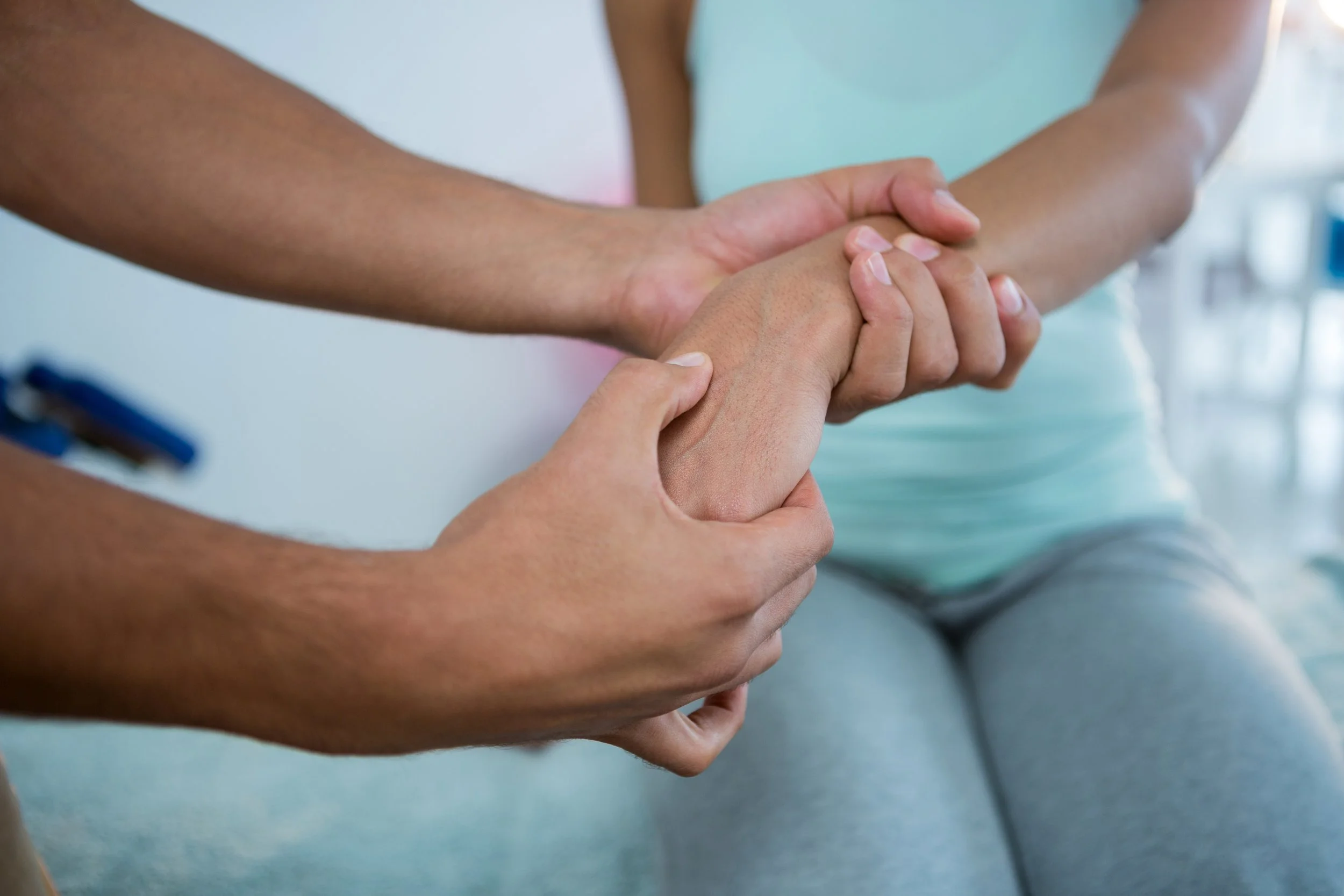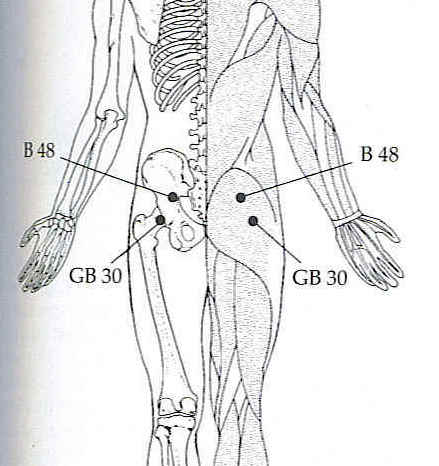What is Stress? How Does It Affect Us?
/Have you ever found yourself in a situation where your to-do list seems endless, deadlines are fast approaching and you find yourself saying ‘Eek! I feel stressed!’? But what is stress really, and how does it affect us?
Firstly, let’s debunk one myth: stress is not necessarily a ‘bad’ thing. Without this brilliant ability to feel stress, humankind wouldn’t have survived. Our cavemen ancestors, for example, used the onset of stress to alert them to a potential danger, such as a sabre-toothed tiger.
Stress is primarily a physical response. When stressed, the body thinks it is under attack and switches to ‘fight or flight’ mode, releasing a complex mix of hormones and chemicals such as adrenaline, cortisol and norepinephrine to prepare the body for physical action. This causes a number of reactions, from blood being diverted to muscles to shutting down unnecessary bodily functions such as digestion.
Through the release of hormones such as adrenaline, cortisol and norepinephrine, the caveman gained a rush of energy, which prepared him to either fight the tiger or run away. That heart pounding, fast breathing sensation is the adrenaline; as well as a boost of energy, it enables us to focus our attention so we can quickly respond to the situation.
In the modern world, the ‘fight or flight’ mode can still help us survive dangerous situations, such as reacting swiftly to a person running in front of our car by slamming on the brakes.
The challenge is when our body goes into a state of stress in inappropriate situations. When blood flow is going only to the most important muscles needed to fight or flee, brain function is minimised. This can lead to an inability to ‘think straight’; a state that is a great hindrance in both our work and home lives. If we are kept in a state of stress for long periods, it can be detrimental to our health. The results of having elevated cortisol levels can be an increase in sugar and blood pressure levels, and a decrease in libido.
Fight
When your body goes into a state of stress, we may feel agitated and aggressive towards others; this can be due to our bodies’ natural reaction being “fight”. This can be a helpful reaction to ward off predators, but in unnecessary situations, it can negatively affect relationships and ruin reputations.
Flight
Some of us avoid our stressors, removing ourselves from the situation instead of tackling it. This can be a sign of the “flight” survival instinct; a function that can save our lives if we find ourselves in dangerous surroundings. However, in everyday life, this natural instinct can lead to a stressful situation escalating, and increase our stress levels when we realize that the stressor isn’t going away and we need to face it.
Freeze
Unknown by many, there is a third mode that stress can cause; freeze. For some people, becoming stressed sets the stage for ‘dysregulation’. The energy mobilized by the perceived threat gets “locked” into the nervous system and we ‘freeze’. This response sometimes reveals itself when we breathe. Holding our breath and shallow breathing are both forms of freeze. The occasional deep sigh is the nervous system catching up on its oxygen intake.
Understanding Stress
Stress is a condition or feeling experienced when a person perceives that:
“Demands exceed the personal and social resources the individual is able to mobilise.”
Here at The Stress Management Society we use a bridge analogy to approach the topic of stress.
When a bridge is carrying too much weight, it will eventually collapse. It is possible to see the warning signs before this happens, the bridge would bow, buckle and creak.
The same principle can be applied to human beings, with excessive demands and challenges placed on our bridges. There may be early warning signs. However stress can creep up on some of us, resulting in an unexpected breakdown.
That ‘bridge collapse’ in a human being could take many forms:
- Mental and Emotional Breakdown
- Taking one’s own life
- Serious health issues including:
- Cardiovascular disease: The heart is the first organ in the body to experience stress. The No. 1 killer on the planet today is heart disease and it’s no coincidence that as we find ourselves living under higher and higher levels of stress the instance of heart disease is increasing.
- Stress has a profound impact on how your body’s systems function, Health experts are still sorting out whether stress actually causes cancer. Yet there’s little doubt that it promotes the growth and spread of some forms of the disease. Put simply, stress makes your body more hospitable to cancer.
- Stress can cause a rise in blood pressure – the main cause of haemorrhagic stroke is high blood pressure, which can weaken the arteries in the brain and make them prone to split or rupture.
The key message is that if we are able to recognize when we have too much demand on our bridge then we can take action to prevent ourselves from getting anywhere near the bridge collapsing which thankfully most of us will never experience or see.
How It Affects Us
One of the difficulties with stress is that people experience stress in different ways. This contributes to stress manifesting itself differently. So it would be wrong to over generalise when giving advice on how to identify stress in others. However, what we can say is that because stress has negative effects, it will usually manifest itself one way or another.
Stress targets the weakest part of our physiology or character; if you are prone to headaches or eczema, this will flare up. If you have low levels of patience or tolerance for others, this will be the first area to present under times of stress.
Stress isn’t avoidable but it is manageable. A key action in order to minimise risk is to identify stress-related problems as early as possible, so that action can be taken before serious stress-related illness occurs.
There will be changes in the stressed person.
These changes may be emotional, physical or behavioural, or a combination of all three. So, the key thing is to look out for negative changes of any kind. Bear in mind that the negative changes are also likely to have knock-on effects e.g. reduced performance at work.
Of course, we all experience ‘bad days’, so we are really talking about situations where people display these negative changes for a period of time (e.g. 5 days in a row).
Prolonged stress undoubtedly makes people ill. It is now known to contribute to heart disease, hypertension and high blood pressure, it affects the immune system, is linked to strokes, IBS (Irritable Bowel Syndrome), ulcers, diabetes, muscle and joint pain, miscarriage, allergies, alopecia and even premature tooth loss.
Cognitive
- Memory Problems
- Poor Judgement
- Inability to Concentrate
- ‘Brain Fog’
- Indecision
- Starting many tasks but achieving little
- Self doubt
Emotional
- Depression
- Moodiness
- Irritability
- Fatalistic Thinking
- Panic
- Cynicism
- Anxiety
- Feeling Overwhelmed
- Frustration
Physical
- Chest Pain
- Rapid Heartbeat
- Aches and Pains
- Frequent Colds
- Skin Complaints
- Indigestion
- High Blood Pressure
Behavioral
- Increase Intake in Alcohol, Cigarettes and Caffeine to Relax
- Isolating Yourself from Others
- Sleeping too Little or too Much
- Demotivated
- Loss of sense of humour
10 Step Stress Solution
- Prioritise Your Health
- Get a Good Nights Sleep
- Practice Deep Breathing
- Stay Hydrated
- Eat for Wellbeing
- Get Moving to Combat Stress
- Adopt a Positive Mind Set
- Master Your Time
- Don’t be a Slave to Tech
- Learn to Say No
This article originally appeared on stress.org.uk











![Self-regulation “control [of oneself] by oneself"](https://images.squarespace-cdn.com/content/v1/55563e14e4b01769086817cb/1542845645966-PO2HGKF5JLUBM45UIWQ3/wee-lee-790761-unsplash.jpg)





















